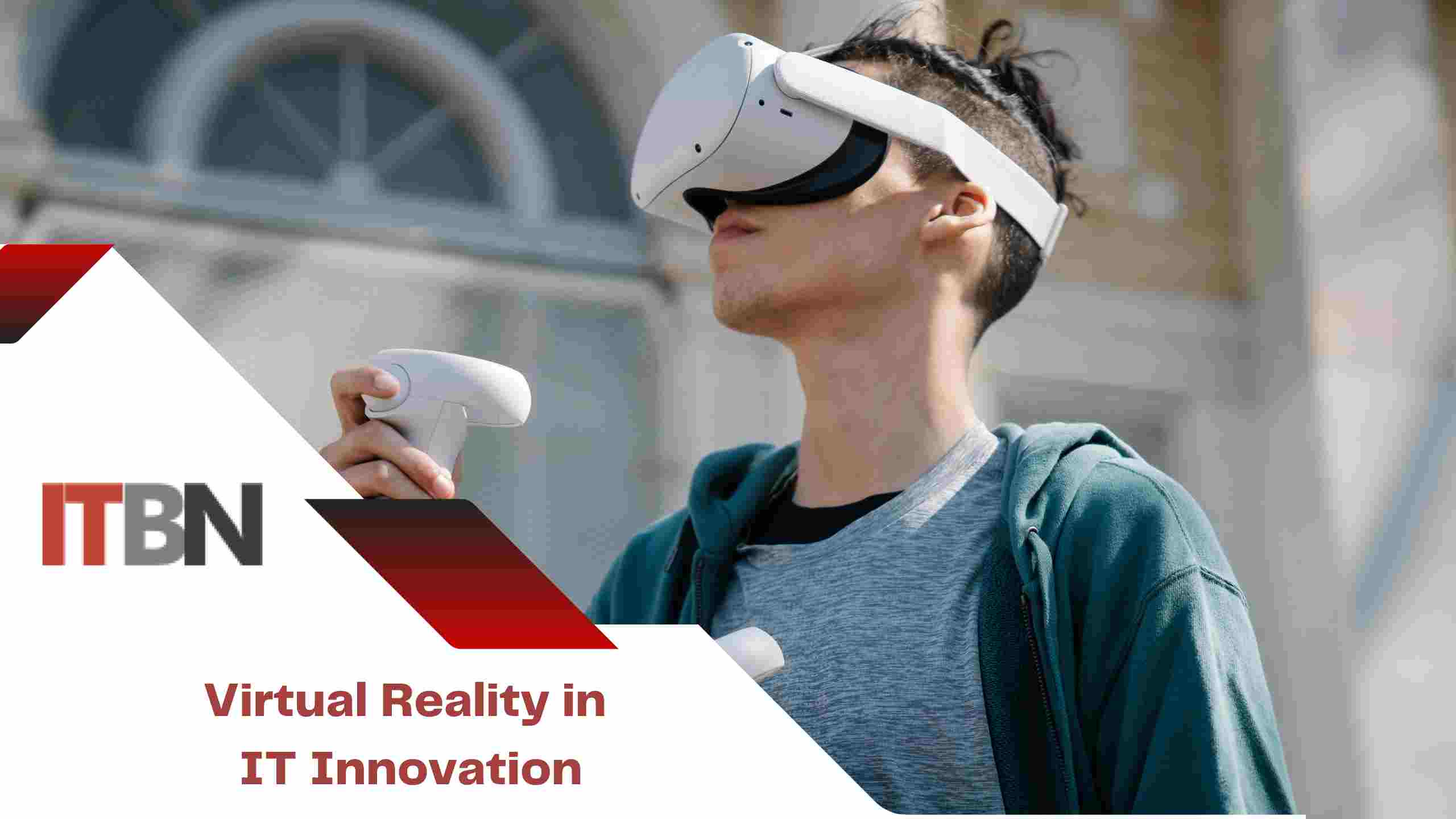Virtual Reality in IT Innovation

Virtual Reality (VR) is a cutting-edge technology that is revolutionizing the way we interact with computers, and it has the potential to transform many industries, including IT. VR is a computer-generated simulation of a three-dimensional environment that can be experienced using a VR headset. In the IT industry, VR is being used for a variety of applications, from immersive training simulations to collaborative design and development environments. This article will explore the ways in which VR is driving IT innovation and changing the way we work.
One of the primary ways in which VR is driving IT innovation is through immersive training simulations. VR provides an environment in which users can interact with digital objects and environments in a way that is much more realistic than traditional computer-based training. This is particularly valuable in industries such as healthcare and aviation, where training is critical but often expensive and time-consuming. With VR, trainees can practice procedures and scenarios in a safe, controlled environment that closely mimics real-world conditions.
Another area where VR is driving innovation in IT is in collaborative design and development environments. With VR, teams of developers can work together in a shared virtual space, even if they are geographically dispersed. This allows for more efficient and effective collaboration, as team members can see and interact with each other and the project they are working on in a way that is more immersive and intuitive than traditional video conferencing or screen sharing.
VR is also being used in the gaming industry to create more immersive gaming experiences. Gaming companies are using VR to create environments that users can explore and interact with in a way that is much more engaging and realistic than traditional gaming. This is leading to the development of new gaming genres and experiences, such as virtual reality escape rooms and immersive storytelling experiences.
Another area where VR is driving innovation in IT is in the field of data visualization. VR allows users to explore and interact with large data sets in a way that is much more intuitive and immersive than traditional data visualization tools. This is particularly valuable in fields such as scientific research and finance, where large data sets can be difficult to navigate and understand using traditional methods. With VR, users can explore and manipulate data in a way that makes it easier to identify patterns and relationships.
One of the challenges facing the widespread adoption of VR in IT is the cost and complexity of the technology. VR hardware and software can be expensive, and it requires specialized skills to develop VR applications. However, as the technology continues to evolve, it is becoming more accessible and affordable. This is leading to a growing number of VR applications in a variety of industries, from healthcare to entertainment.
Another challenge facing the adoption of VR in IT is the potential for motion sickness and other side effects. VR can be disorienting and uncomfortable for some users, particularly if they are not accustomed to the technology. To address this, VR developers are working to create more comfortable and natural experiences, such as using hand gestures and other natural movements to control VR environments.
Despite these challenges, the potential benefits of VR in IT innovation are too great to ignore. VR is providing new ways to interact with computers and data, leading to more immersive and intuitive experiences. As the technology continues to evolve, it is likely that we will see even more innovative applications of VR in the IT industry and beyond.
In conclusion, virtual reality is a powerful tool that is driving innovation in the IT industry. From immersive training simulations to collaborative design environments, VR is changing the way we work and interact with computers. As the technology continues to evolve, it is likely that we will see even more innovative applications of VR in a variety of industries. While there are challenges to widespread adoption, the potential benefits of VR are too great to ignore, and it is clear that VR will play a significant role in shaping the future of IT innovation.
Stay ahead with ITBusinessNews – Your trusted source for Technology and Business news. Fast & Precise




